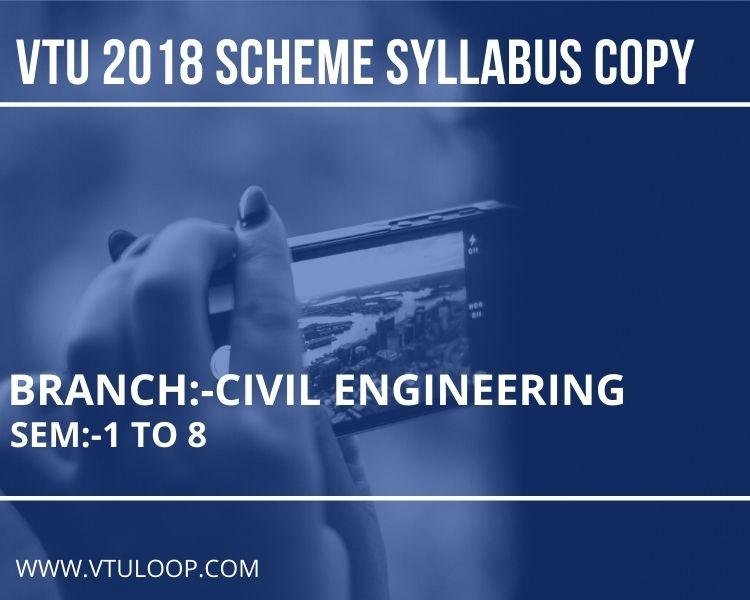Hierarchical Clustering | Read Now
An approach termed as the hierarchical clustering study is employed to combine pieces of data having comparable qualities. Clusters are the names mentioned to these grouping. We receive a cluster centers as a function of hierarchical clustering, and all these groupings are distinct from others. It’s underlying the topic of unsupervised systems.
What the term Hierarchical Clustering?
- Hierarchical clustering, also abbreviated as hierarchical cluster analytics or HCA, is yet another unsupervised system learning for grouping unlabeled information into groupings.
- The hierarchies of groupings is formed in the architectural structure of a tree in this process, so this tree layout structure is termed as the dendro-gram.
- Although the outcomes of K-means grouping and hierarchical clustering may seems to be identical at times, their systems vary.
- As opposed to the K-Means approach, there is no need to accurately assess the clustering results.
- It has a total of 2 methodologies:
- Agglomerative: It is a bottom-up methodology wherein the procedure commences with all pieces of data as single groupings and merges them only until one group remains.
- Divisive: As a top-down methodology, the divisive strategy is the total opposite nature of the agglomerative approach.
Why this methodology?
- Why do we demand hierarchical clustering since we already have alternative procedure utilized like K-Means Cluster formation?
- So, as we’ve seen with K-means clustering, this approach has had some constraints, including a set cluster centers and a constant attempt to construct clusters of the very same sizes.
- We can employ the hierarchy clustering to tackle these two issues because we don’t have to understand the predetermined cluster centers in this process.
Agglomerative Sort of Clustering
- In this scenario of clustering, the hierarchy decomposition is achieved employing a bottom-up methodology, in which it initially constructs nuclear (small) groupings by inserting one piece of data at a time, then integrates them to produce a large cluster just at end, which fulfills all of the ending requirements.
- This methodology employs the bottom-up procedure.
- This procedure is iterated until all of the sample points are grouped into a single massive cluster.
- AGNES is an agglomerative clustering algorithm that organizes data items together based on similarities.
- This method computes a Dendro-gram, which is a tree sort of layout.
- It decides which pieces of information should be joined with and which cluster using distance measures.
- In essence, it creates a matrix of the distance and looks for the pair of groups with the shortest distance before combining together.
Divisive Sort of Clustering
- Diana needs to stand for Divisive Analytics, which is a sort of cluster analysis that operates on the basis of a top-down methodology which is total opposite to the AGNES in which the methodology starts by establishing a massive cluster, then recursively separates the most disparate cluster into two, and so on until all the equivalent data are in their proper clusters.
- These divisive techniques produce more correct hierarchies than the agglomerative methodology, although they are computationally intensive.
Metrics for computing distance among 2 clusters
- The nearest separation between the two groups, which we’ve seen, is critical for hierarchy clustering. There exists multiple methodologies for calculating the separation between two groupings, and these approaches decide the grouping rule.
- Linkage procedures are the term for these types of measurements.
- The foregoing are amongst the most prevalent linkage methods:
- Single link: It’s the shortest or the minimal distance between the clusters’ nearest neighbors.
- Complete link: It is the distance among any of the 2 points of the two multiple clusters that is the biggest. Because it generates stronger clusters than single link, it is among the most preferred linking strategies.
- Average link: It is a linking approach wherein the averaged difference between two of the groupings is computed by adding the difference between every set of information and then dividing the total number of databases. This methodology is also very prominent.
- Centroid: The distance here between clusters’ center is computed employing this linking mechanism.
How to excute this methodology?
One can just implement the hierarchy strategy in Python employing the described phases:
- Pre-process the database after loading it and importing the demanded libraries.
- Construct the scatter graphs and then normalize your database.
- Compute the Euclidean differences among the groupings.
- Employing dendro-gram, compute what is the total amount of the optimal cluster groupings.
- Train the constructed hierarchy system.
- Visualize all of the clusterings utilizing the necessary modules.






